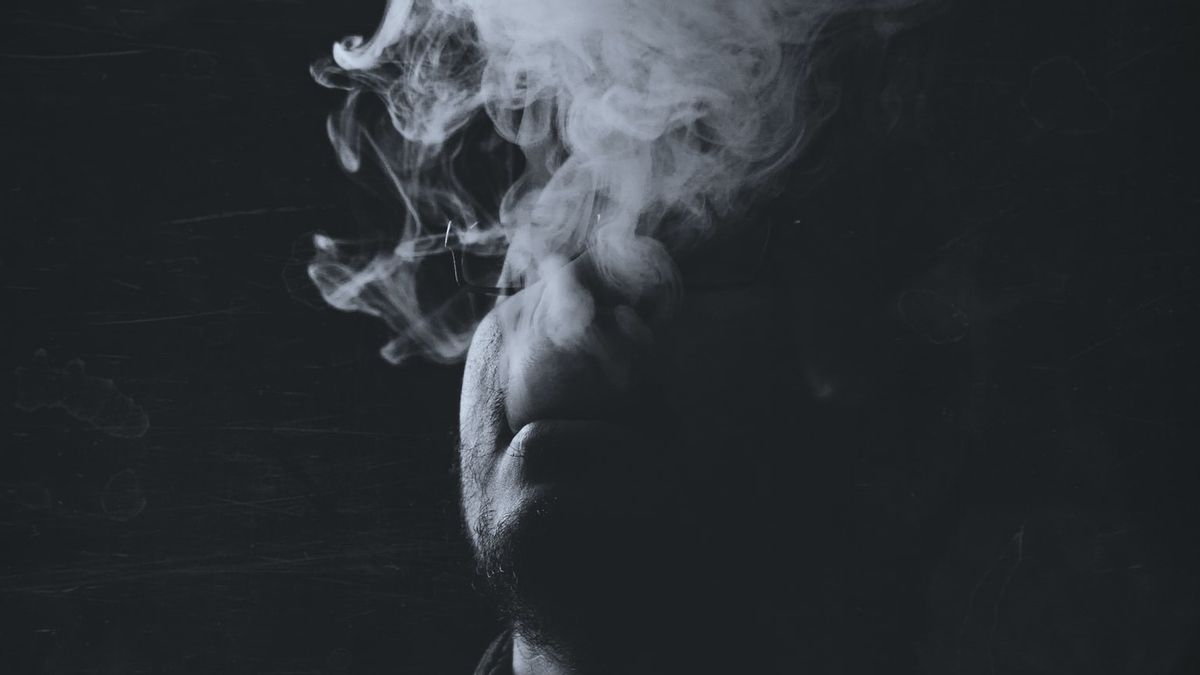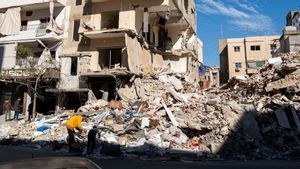JAKARTA - The National Committee for the Preservation of Kretek (KNPK) rejects any discourse on expanding the size of the 90 percent pictorial health warning (PHW) on cigarette packs. Because, it is considered to be detrimental to small factories.
This discourse began when the Tobacco Control Support Center-Indonesian Association of Public Health Experts (TCSC-IAKMI) asked the government to expand the size of PHW by 90 percent on cigarette packs. This is because the size of PHW, which currently covers 40 percent, is considered not to have a maximum impact on reducing people's cigarette consumption. The size of PHW seems to be getting smaller because it is often covered with excise stamps.
Chairman of the KNPK Azam Mohammad said the discourse only made the condition of the Tobacco Products Industry worse. Moreover, the industry is also facing a crisis storm due to the corona virus pandemic or COVID-19.
Furthermore, Azam explained, KNPK's rejection of the discourse on expanding the size of PHW by 90 percent on cigarette packs was based on three arguments.
"First, small cigarette manufacturers will fall further in the midst of higher excise burdens. Small manufacturers will be burdened with the additional burden of implementing a warning image on their products. Costs have increased again, while the company's capital and cash flow are very mediocre," he said, through a written statement received by VOI, Wednesday, April 20.
Azam said, this expansion of PHW could have an impact on the bankruptcy of small cigarette manufacturers. Based on the records of the Indonesian Cigarette Manufacturers Association (GAPPRI), there is a decrease in the number of active cigarette factories in production. There are 600 cigarette manufacturers in Indonesia that have licenses. However, only 100 factories are still actively producing every day.
"Second, the expansion of the warning image by 90 percent has an impact on the loss of brand image on cigarette packets," he said.
According to Azam, the loss of this brand image will increase the circulation of illegal cigarettes. In addition, there is no guarantee of product safety for consumers.
"The loss of brand image will definitely trigger the circulation of illegal cigarettes, because it will be difficult to distinguish products from certain cigarette brands or brands because all cigarette packs will be uniform. Consumers also do not get certainty about the cigarette products they consume," he explained.
Furthermore, Azam said, precisely by knowing the brands that are consumed, consumers can access information about these brands.
"Third, cigarette packs are a cultural expression for factories and society since the kretek industry was founded until now," he said.
Azam assessed that the discourse on expanding PHW could kill cultural expressions. Meanwhile, killing the right to expression is a violation of human rights in culture.
"From the three arguments above, the discourse on expanding pictorial health warnings by 90 percent on cigarette packs does not have the urgency to be implemented into policies. Instead, there is only a detrimental impact on the tobacco products industry," he said.
The English, Chinese, Japanese, Arabic, and French versions are automatically generated by the AI. So there may still be inaccuracies in translating, please always see Indonesian as our main language. (system supported by DigitalSiber.id)













